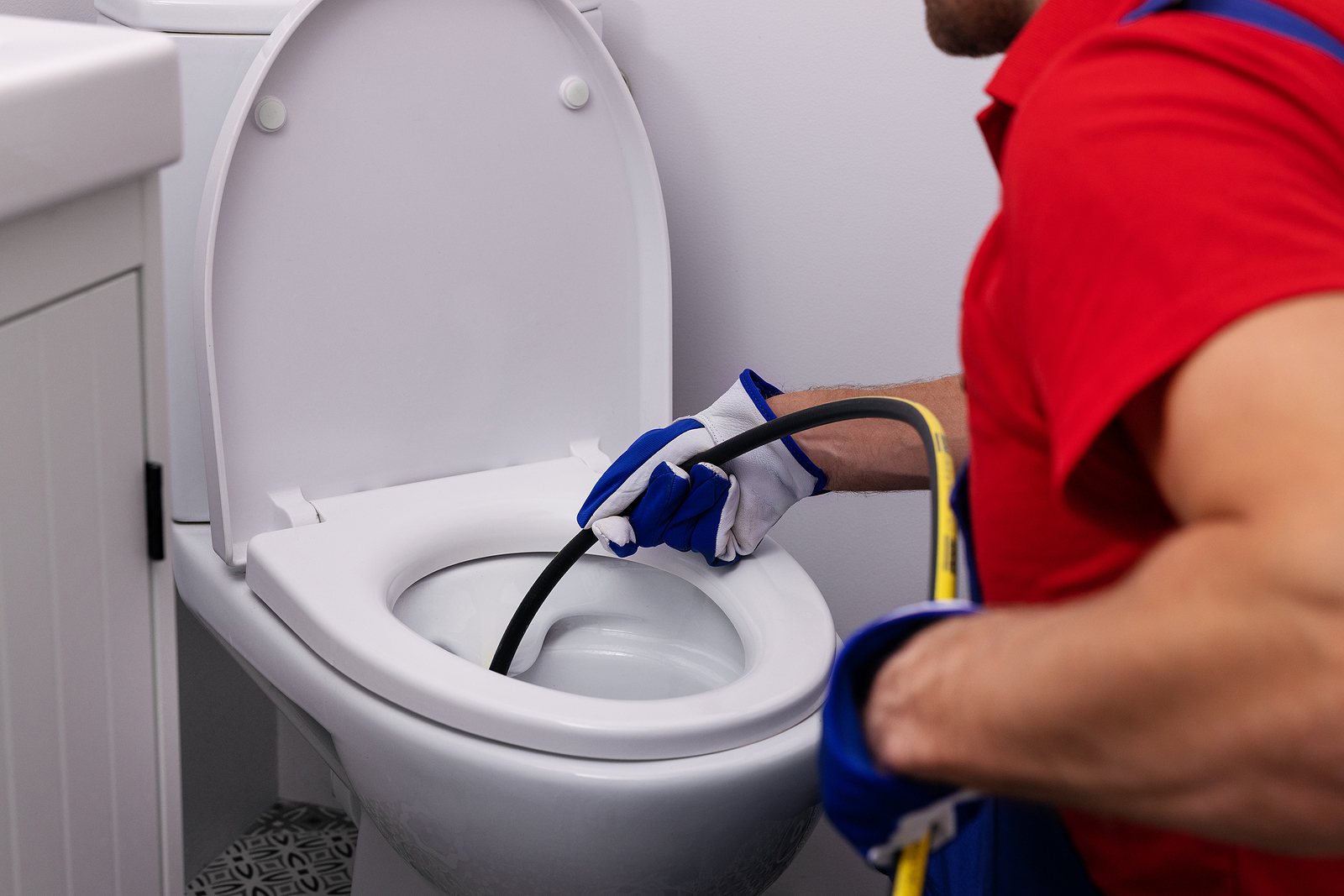You know the feeling. You flush, the water rises, and that ominous gurgle says trouble is on the way. Most people grab a plunger or ring an emergency number. Often it works until the same clog returns a few weeks later. That’s the real story: stubborn blockages don’t give up after one quick “pump.” Below you’ll find why they form, what fixes them for good, and when a professional from Riool Centrale Nederland is the right move Wc onstopper.
Why some clogs keep coming back
Modern toilets move only about six litres per flush. Great for water bills, not so great for push-through force. Meanwhile we send wet wipes, thick paper, and sometimes even sanitary products down the same line. Further along, kitchen and shower water feed into that pipe as well; fats and soaps meet limescale and create a sticky collar. Over time, a plug forms that catches fibres and mineral grit. Use a plunger without breaking that plug apart and you often just drive it deeper. The bowl clears, but the blockage keeps growing out of sight.
Why the household plunger isn’t always enough
A rubber cup makes pressure and suction in the trap perfect for a small, local snag. But the real trouble spots old cast-iron stacks or tight PVC bends sit dozens of centimetres further. By the time your “oomph” gets there, the power has fizzled out. Worse, a plunger can pull paper up from a bend and let it fall back, wedging twice as hard. Professional pressure pumps use a piston that delivers up to 1.5 bar and a check valve that holds vacuum. Powerful yet they demand a sense of pipe diameter and bend radius so you don’t damage anything.
The case for looking before pushing: camera first
Riool Centrale Nederland runs an HD camera on a flexible lead to see what we’re dealing with: a greasy plug, a limescale ring, or root ingress. Each one needs a different fix. Grease/soap responds best to hot-water jetting; limescale to a chemical-free descaler gel and a rotating cutter; roots must be cut mechanically. Skip the diagnosis and the “unclogging” is guesswork. In our repeat-call data, about 40% of second visits revealed the first plunging session had simply moved the problem down the line.
Venting and pressure: the hidden balance
Toilet lines breathe through vent stacks that prevent vacuum. If those vents are blocked think spider webs or bird nests every flush drags air through the trap, swirls water back, and lays down residue. A plunger may clear the plug, but it won’t fix the air problem. Result: smell, slow flow, and eventual relapse. Our techs always check and clear the roof vent so the system runs pressure-neutral again.
Room ventilation matters too
Humid cloakrooms build limescale and biofilm faster. That slow film narrows the passage and steals flow speed. A simple mechanical grille or a humidity-controlled fan lowers relative humidity and slows down buildup noticeably. It’s a small building tweak with outsized results: fewer call-outs and fewer musty odours.
Smart monitoring: catching a clog before it happens
Home tech has grown up. Flow sensors can watch water use and velocity in real time. If the pattern looks wrong slow start, sluggish run-off you get an alert on your phone. Riool Centrale Nederland can add these during a service visit without breaking anything open. Paired with periodic inspections, you get a self-learning setup that reduces emergencies to near zero and nudges you toward smarter water use.
A practical sequence that actually works
- Look first. Peek into the bowl for anything obvious; note foreign objects.
- Heat + soap. Pour a bucket of hot (not boiling) water with a dash of pH-neutral dish soap from hip height to move loosened residue along.
- Side-line test. Run the basin or shower briefly. If the toilet gurgles, the blockage sits deeper.
- Bring in the pros. If the bowl holds its level or the issue returns within a week, get a camera inspection and a targeted fix.
Plunger, pressure pump, or snake what to use when
A plunger is inexpensive and gentle on porcelain. A hand pressure pump delivers more force but can splash if over-zealous. A mechanical snake reaches deeper, yet it can scratch the rim and scuff the glaze if you fish blindly. Our rule of thumb: only use a snake when you can feel a local obstruction in the trap never deeper without eyes on it. For stacks from 75 mm upwards, a pneumatic toilet pump with a gauge hits the sweet spot: strong, but pressure-controlled.
Preventive habits that keep things flowing
Put a small bin next to the toilet for wipes. Use the short flush only for, well, small jobs. Once a month, pour a full bucket of lukewarm water straight down: it restores flow speed through the bends. De-scale the rim jets under the bowl lip so your flush ring stays even; an uneven spray leaves residue, which is why you end up reaching for the plunger in the first place. Little things, big pay-off.
If you hire a professional: what good service looks like
On arrival, Riool Centrale Nederland checks water level and air pressure in the trap pocket. Depending on pipe material and age, we’ll choose a rotating chain cutter, hot-water jet, or fibre cutter. Only then, if it’s safe, do we use a high-powered toilet pump to pull the last remnants free. You receive a short report with stills from the camera and straightforward advice. More often than not, scheduled maintenance costs less than repeated emergencies.
Cost today vs. what you save later
A camera inspection plus targeted clearing averages around €145. Recurring clogs can easily cost three to four times that within two years. A simple maintenance plan with an annual inspection, free on-site unclogging, and reduced emergency rates runs about €8 per month. Do the maths: prevention pays for itself after two incidents, sometimes sooner.
Bottom line: move from reactive to proactive
A plunger is excellent first aid. It’s not a cure-all. If the clog keeps returning, the cause sits deeper: invisible scale, grease glaze, root ingress, poor venting. Smart diagnosis, controlled pressure, and periodic upkeep stop the smell, the panic, and the waterline creeping up the rim. Riool Centrale Nederland brings trained people, the right cameras, and durable methods so your toilet stays fresh, free-flowing, and uneventful. Today, tomorrow, and a long time after that.



































